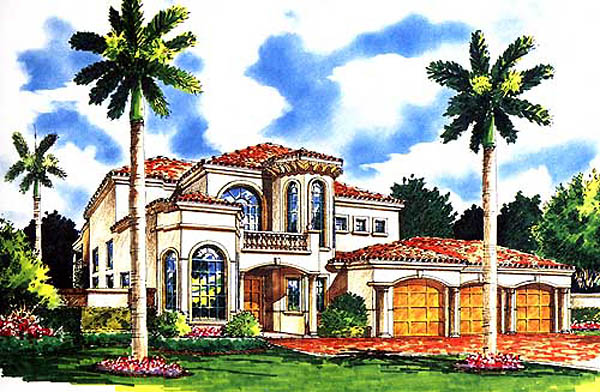PASSIVE SOLAR HEATING
Passive solar heating is a sustainable and cost-effective approach to harnessing the sun's energy for heating purposes, offering an array of benefits for both the environment and building occupants.
By integrating passive solar heating features into building designs, real estate developers, architects, and homeowners can capitalize on the abundant and renewable resource of solar energy to create comfortable, energy-efficient living and working spaces.
Design Principles
Passive solar heating relies on specific design principles to optimize solar heat gain, such as strategically positioning windows, utilizing thermal mass materials for heat storage, and incorporating proper insulation to minimize heat loss. These design elements work in harmony to capture, retain, and distribute solar heat effectively throughout the building.
Environmental Impact
Embracing passive solar heating in real estate not only contributes to reducing the carbon footprint of buildings but also aligns with sustainability goals, energy efficiency regulations, and green building certifications. By minimizing reliance on traditional heating systems, passive solar heating helps mitigate energy consumption and fossil fuel usage, thereby fostering a more sustainable built environment.
Economic Benefits
Integrating passive solar heating features can lead to long-term cost savings for building owners and occupants by lowering energy bills and reducing dependence on conventional heating methods. Additionally, the potential increase in property value due to energy-efficient design can further enhance the economic appeal of passive solar-equipped buildings in the real estate market.
Conclusion
Incorporating passive solar heating into real estate design and construction represents a progressive approach to sustainable building practices, offering a myriad of advantages encompassing energy efficiency, environmental responsibility, and economic viability. By leveraging the natural heating capabilities of the sun through strategic design and architectural features, real estate stakeholders can foster the development of buildings that are not only environmentally friendly but also conducive to enhanced occupant comfort and reduced energy costs. As the real estate industry continues to embrace sustainable practices, passive solar heating stands as a beacon of innovation, ushering in a new era of energy-efficient and environmentally conscious building design.
Incorporating passive solar heating into real estate design and construction represents a progressive approach to sustainable building practices, offering a myriad of advantages encompassing energy efficiency, environmental responsibility, and economic viability. By leveraging the natural heating capabilities of the sun through strategic design and architectural features, real estate stakeholders can foster the development of buildings that are not only environmentally friendly but also conducive to enhanced occupant comfort and reduced energy costs. As the real estate industry continues to embrace sustainable practices, passive solar heating stands as a beacon of innovation, ushering in a new era of energy-efficient and environmentally conscious building design.
MORE REAL ESTATE TERMS
A, B, C, D, E, F, G, H, I, J, K, L, M, N, O, P, Q, R, S, T, U, V, W, X, Y, Z
Featured New Home

Featured Mortgage Brokers
- American Finance-Thomasville, mortgage broker in Thomasville, GA
15179 US Hwy 19 South
Thomasville, GA 31792 - Blue Square Mortgage LLC, mortgage broker in Seattle, WA
4212 33rd Ave W
Seattle, WA 98199 - PROFICIO MORTGAGE VENTURES LLC, BRUNSWICK, OH
2950 WESTWAY DR STE 101
BRUNSWICK, OH 44212 - SUMMIT MORTGAGE INC, FORT WAYNE, IN
8614 SAINT JOE RD
FORT WAYNE, IN 46835 - RESIDENTIAL HOME FUNDING CORPORATION, BLUE BELL, PA
1787 SENTRY PKWY W BLDG 18-130
BLUE BELL, PA 19422